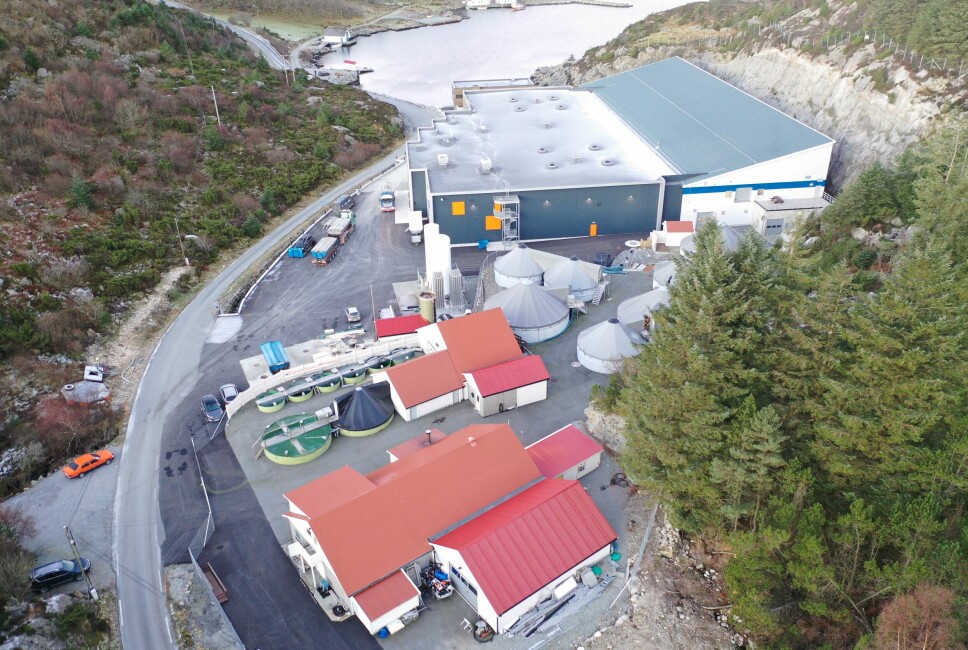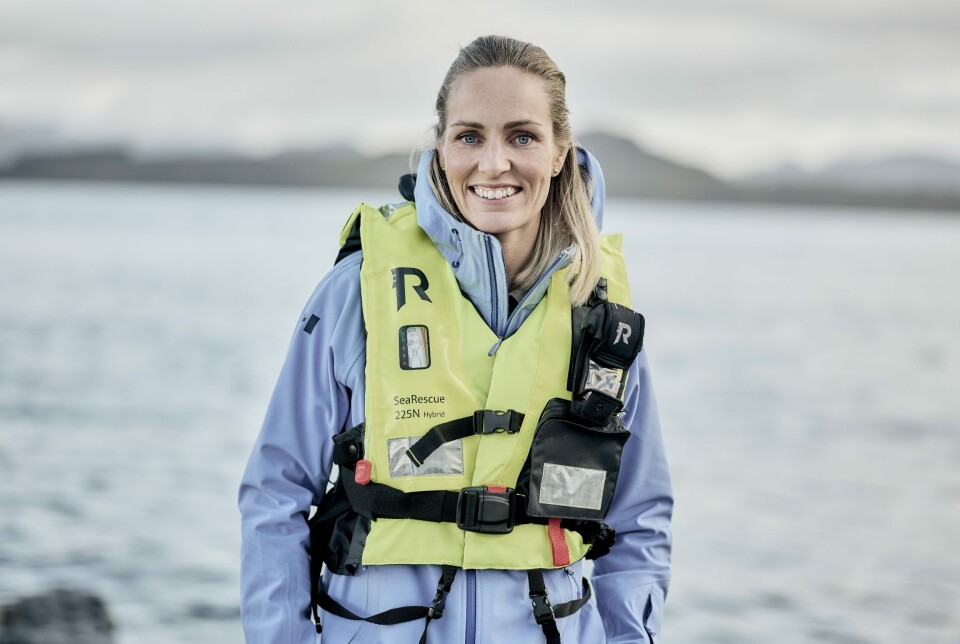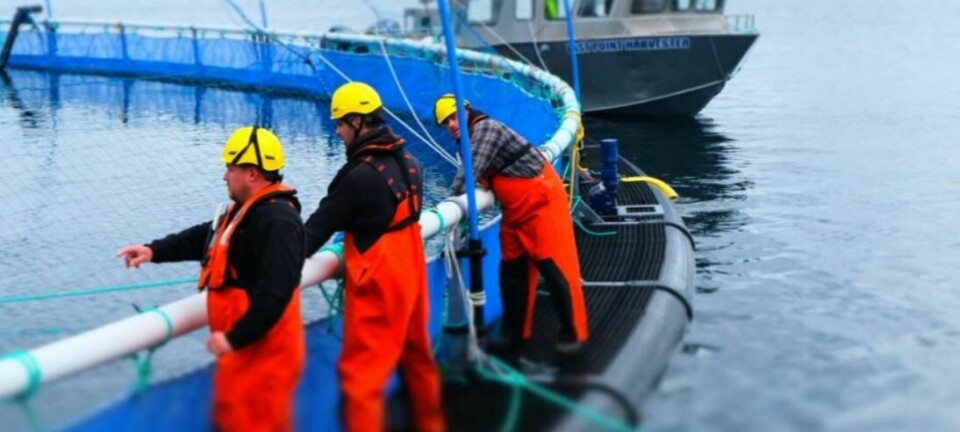
Grieg puts post-smolt plans on ice because of tax threat
£21m project added to long list of frozen investments in Norway
A NOK 250 million (£21 m) expansion to a smolt facility is the latest of a slew of aquaculture projects to be postponed in Norway in response to a proposed 40% tax on salmon and trout farming.
Grieg Seafood had planned the investment at its Trosnavåg plant so that it could grow larger, post-smolt that would shorten the time its salmon spent in the sea.
Estimated commencement of the project was originally 2023.

“We are convinced that post-smolt is important for achieving sustainable growth in Norwegian aquaculture, but first large investments are required on land,” said Nina Willumsen Grieg, regional director of Grieg Seafood Rogaland, in a press release.
“With [the current] proposal for ground rent tax, we will not have enough capital to carry out these investments at the rate we had planned.”
Demanding times
The tax, variously described as the ground rent tax, resource rent tax, or simply the salmon tax, is designed to make salmon and trout farmers pay for the benefit they gain from using Norway’s natural resources, which in this case means the fjords. Hydropower generators and the oil and gas sector pay a similar tax.
Under the tax proposal, aquaculture companies will be able to deduct investments in the sea phase from the tax, but not investments on land. The move towards larger smolts means that today many of the major investment projects in the industry are on land.
“We recognise that these are more demanding times in Norway, and we must contribute more to the community and pay more in taxes than today,” said Grieg. “But it should happen in a way that does not compromise investments, activity in the rural areas and Norway’s position and potential as a world-leading producer of food from the sea.
“Industry and politicians should work together to find an arrangement that takes care of these considerations better than the current proposal.”
NOK 24bn of investments frozen
Since the proposed tax was announced on September 28, capital expenditure investments with a total value of NOK 24 billion have been frozen by fish farmers and other aquaculture sector companies until they know how much tax farmers will have to pay.
The tax proposal also reduced the price fish farmers were willing to pay for extra biomass allowances at a government auction earlier this month from an anticipated NOK 8.5 bn to NOK 3.8 bn.
A public consultation on the salmon tax will finish on January 4 next year, after which the government will send its final version of the tax proposal to Norway’s parliament, the Storting, for further debate and then a vote.
Finance minister Trygve Slagsvold Vedum was this week reported to have said that he is willing to listen to proposals to adjust the tax but is still committed to adding to the salmon sector’s tax burden and hopes that other parties beyond his Centre Party and the Labour Party, who form a governing coalition, get behind the plan.
A 40% resource tax would be levied after companies had paid 22% corporation tax and would in practice be applied at 51.3% to compensate for being levied on a smaller, post-corporation tax sum. This means that companies will have a 62% tax burden from corporation tax and resource tax and have other local and national taxes to pay too.






















































